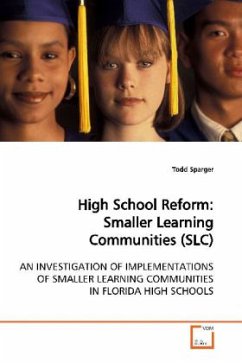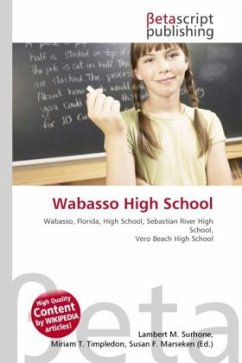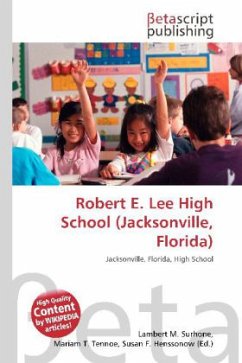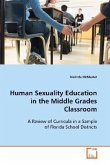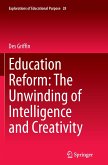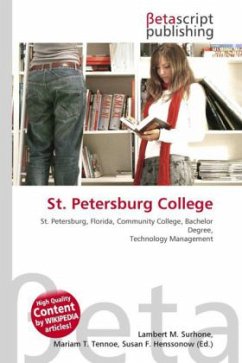More than one researcher over the past decade has
concluded that problems exist in 21st century high
schools (Cushman, 1999; Duke & Trautvetter, 2001;
George & McEwin, 1999; Meier, 1996). These troubles
ranged from bullying and violence to low teacher
morale and the inability to attract strong
principals (Cohen, 2001). Attempts to correct some
of these deficiencies were blocked by a number of
factors. Noguera (2004) recognized the role that
organizational flaws, a disconnected curriculum, and
outdated pedagogical methods play in stopping high
school reform. The creation of Smaller Learning
Community (SLC) was a reform effort that many high
schools across the country implemented in an effort
to reverse these negative trends. The hope was that
a more personalized learning environment would be
created and lead to improved student-teacher
relationships and higher student achievement levels
(Noguera, 2004). By focusing exclusively on high
schools in Florida, it was anticipated that this
work would enable some conclusions to be drawn based
on those schools who have received Federal
assistance in this reform effort.
concluded that problems exist in 21st century high
schools (Cushman, 1999; Duke & Trautvetter, 2001;
George & McEwin, 1999; Meier, 1996). These troubles
ranged from bullying and violence to low teacher
morale and the inability to attract strong
principals (Cohen, 2001). Attempts to correct some
of these deficiencies were blocked by a number of
factors. Noguera (2004) recognized the role that
organizational flaws, a disconnected curriculum, and
outdated pedagogical methods play in stopping high
school reform. The creation of Smaller Learning
Community (SLC) was a reform effort that many high
schools across the country implemented in an effort
to reverse these negative trends. The hope was that
a more personalized learning environment would be
created and lead to improved student-teacher
relationships and higher student achievement levels
(Noguera, 2004). By focusing exclusively on high
schools in Florida, it was anticipated that this
work would enable some conclusions to be drawn based
on those schools who have received Federal
assistance in this reform effort.

